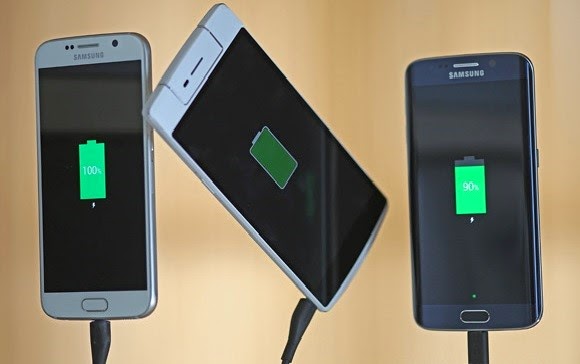Introducing yet again its reduced promotional pricing for ‘more everything’ shared data plans, Verizon has made an offer for a 10 GB plan for $80 per month, down from $100; it also re-introduced a plan of 15 GB for $100 per month.
The said offers do not comprise the price of monthly access charges that are applicable to connecting smartphones, tablets and other devices. As different plans keep running from time to time, these current plans will also be useable for a limited timeframe; however, nothing is defined as to when the plans will cease.
Such promotional pricing was first introduced by Verizon in November 2014, during the holiday season of festive shopping. The timing also coincided with the launch of the iPhone 6 and 6 Plus. However, later in February, prices for most offers for its ‘more everything’ plans were cut by Verizon, including many by $10 per month.
While the telecom giant does want to retain its existing customer base and is doing its best to service them the way customers would want, the company will not get drawn into a price war for price-sensitive customers, CFO Fran Shammo said. Shammo also shared his observation that while the first quarter has experienced minimal promotional activity, Verizon certainly plans to speed up its promotions during the second quarter with much movement expected to happen around Mother’s Day and Father’s Day celebrations related to communication. In response to the perpetual competition debate, Shammo put things in perspective saying that the industry is really about overall revenue growth and the profitability of the business than simply managing to keep up with the competition.
The analysts further shared that the latest changes in pricing as shared by Verizon could hint success for T-Mobile US's popular four lines for $100 per month 10 GB promotion. They look for AT&T Mobility to remain focused on ARPU and margins over subscriber gains.




